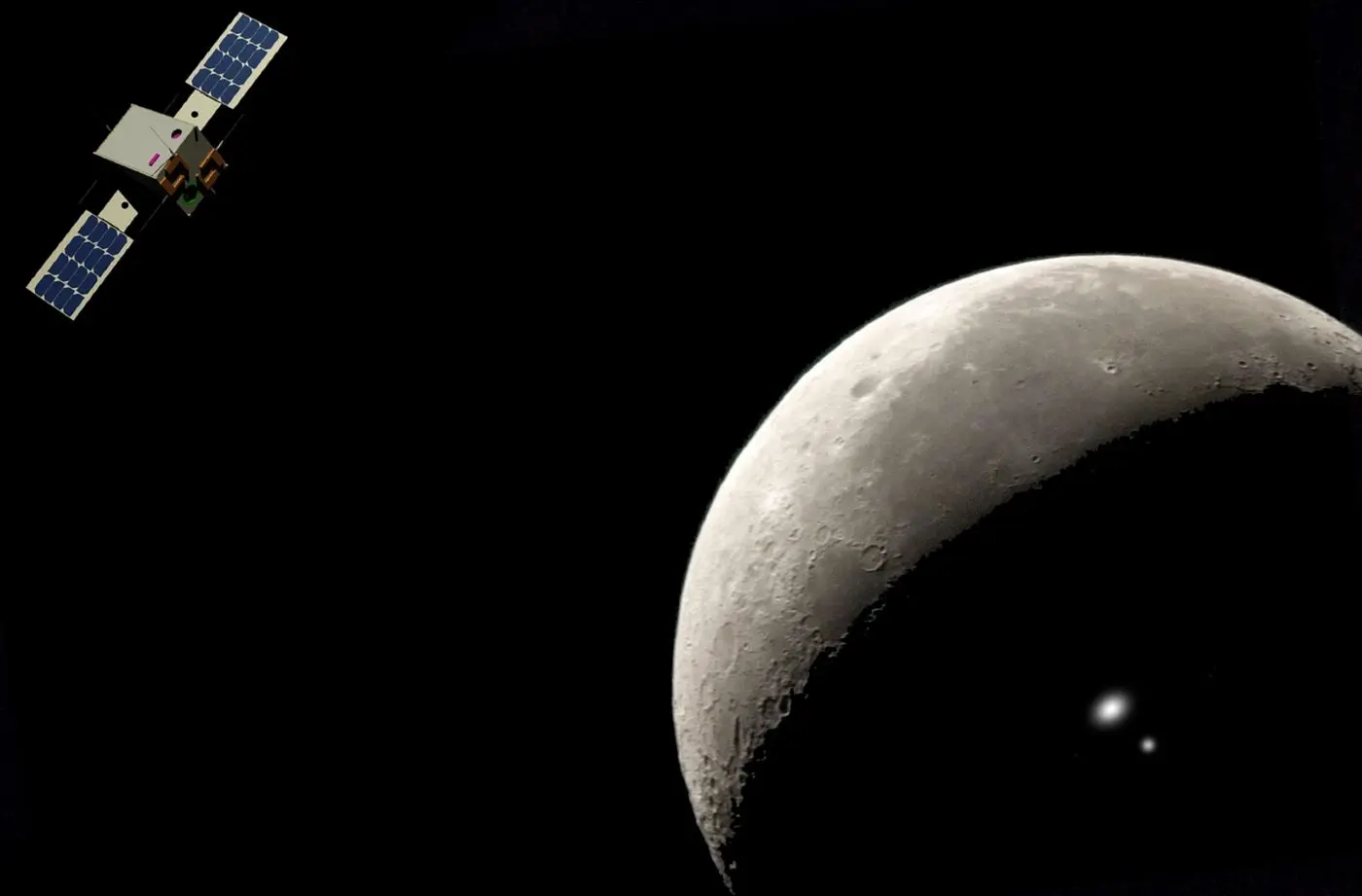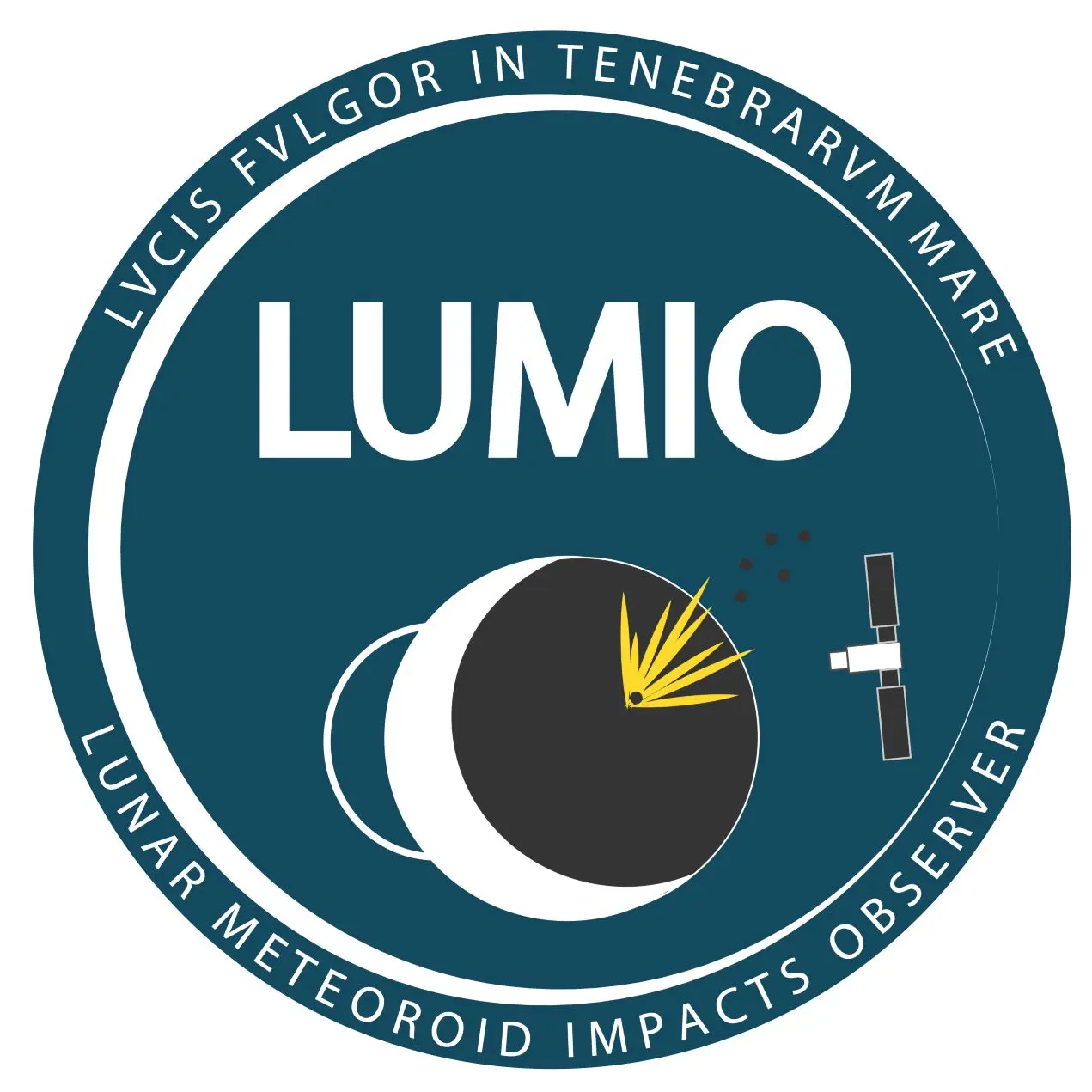LUMIO MISSION APPROVED BY THE EUROPEAN SPACE AGENCY

The European Space Agency (ESA) has officially approved the LUMIO mission, led by Politecnico di Milano.
After the successful completion of the Phase B in late 2023, the approval of the following phases represents a fundamental milestone for the project. In the next years, the detailed design and the development of the CubeSat will continue during Phases C and D. The Phase E, which foresees the launch and operation of the satellite, is currently scheduled for 2027. The LUMIO mission is framed within ESA’s GSTP and as such it has received support from the national delegations of Italy (ASI), Norway (NOSA), Sweden (SNSA) and UK (UKSA).
LUMIO (Lunar Meteroid Impacts Observer) is a 12U CubeSat, where a Unit stands for a cube of 10 cm edge. The mission main objective is to monitor the Lunar far side to detect flashes produced by the impact of meteoroids on the Lunar surface. The spacecraft will reach the Moon after a 3-month transfer along an extremely efficient trajectory. Then, it will move on a “halo” orbit around the Earth-Moon L2 Lagrangian point, which allows a permanent monitoring of the lunar far side. The gathered data will be used to refine the meteoroid flux models hitting the Earth-Moon system. The high frame-rate images acquired by the LUMIO-Cam will be processed aboard and in real time; these will be downloaded on ground for further processing.

The European consortium for the LUMIO mission is made of Politecnico di Milano, Argotec, Leonardo, IMT, Nautilus, S&T Norway, LMO, and ECAPS.
The DART group within Politecnico di Milano’s Department of Aerospace Science and Technology leads the consortium and is responsible for the mission analysis, the guidance, navigation, and control system, the autonomous navigation experiment, the scientific elaboration of mission data, and the management of the project. Argotec leads the CubeSat system design, Leonardo is responsible for the LUMIO-Cam payload design, IMT develops the X-band transponder and the solar array drive mechanism, and Nautilus (a joint spin off company from Politecnico di Milano and University of Bologna) designs the ground segment and the flight dynamics operations. Moreover, S&T Norway will be responsible for the on-board payload data processing unit design to process the data gathered by the LUMIO-Cam. ECAPS in Sweden will design and produce the main thruster of the platform, while LMO in UK will be in charge of the main propulsion and reaction control system design to perform orbital manoeuvres and support attitude control.
For further information, please visit the European Space Agency (ESA) website at: